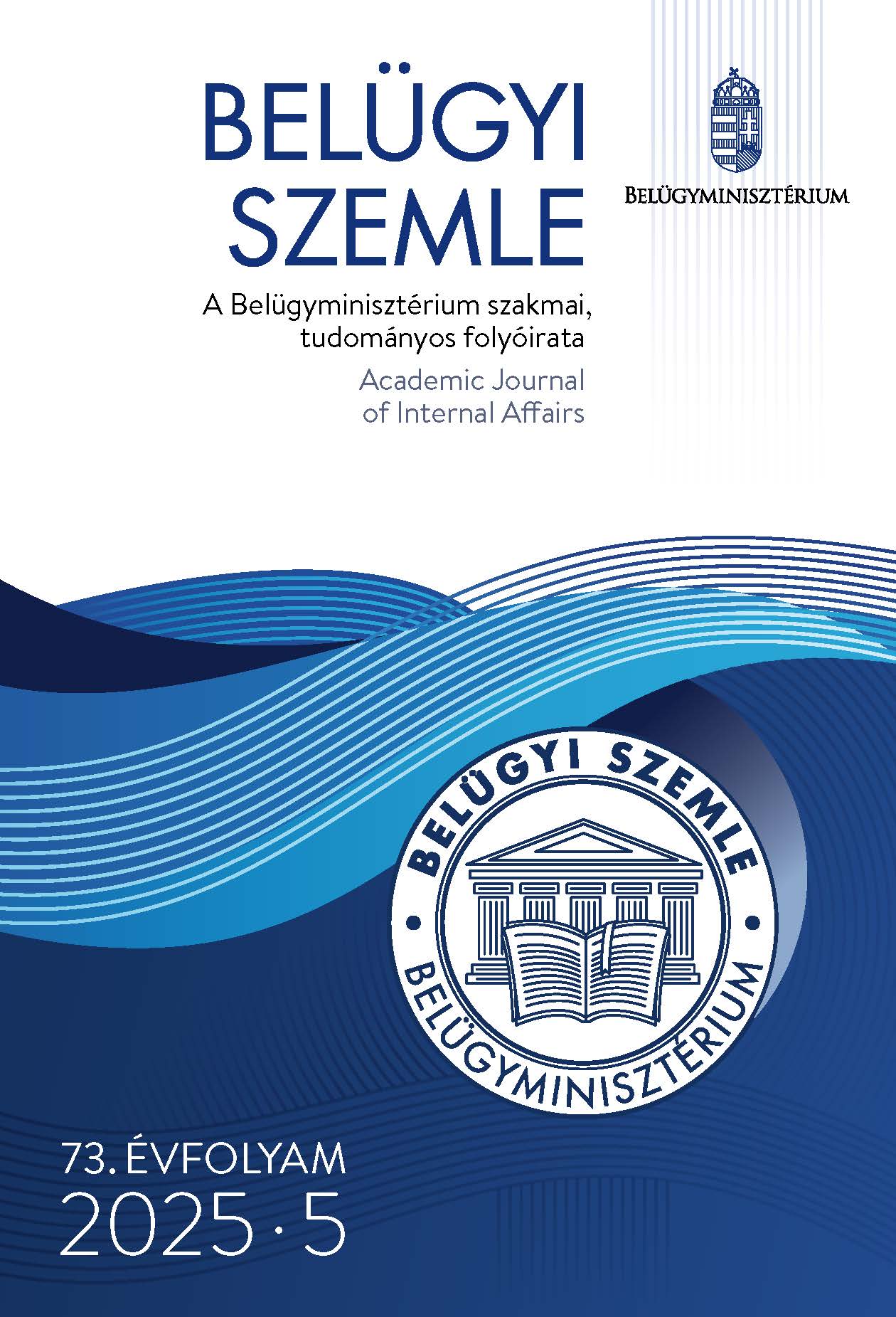Abstract
Aim: The article aims to explore the concept of the surveillance society primarily through the example of China, as well as to analyze its global impacts in terms of social control and technological development.
Methodology: The authors discuss the technological conditions and human factors related to effective video surveillance, drawing insights from various research studies and standards.
Findings: The research finds that China’s surveillance system not only strengthens internal political control but also influences global trends due to technology exports and the spread of digital authoritarianism.
Value: The article contributes to the understanding of surveillance policies and highlights the global impacts generated by technological advancements and political decisions. It provides an important foundation for future research and political discourse.
References
Cai, Y. (2019). Information as a source of pressure: Local government and information management in China. Interdisciplinary Political Studies, 5(2), 477–509. https://doi.org/10.1285/i20398573v5n2p477
Creemers, R. (2018). China’s social credit system: An evolving practice of control. SSRN. https://doi.org/10.2139/ssrn.3175792
Fornasier, M. O., & Borges, G. S. (2023). The Chinese 'sharp eyes' system in the era of hypervigilance: Between state use and risks to privacy. Revista Brasileira de Políticas Públicas, 13(1), 1–28. https://doi.org/10.5102/rbpp.v13i1.7997
Gravett, W. (2020). Digital neo-colonialism: The Chinese model of internet sovereignty in Africa. African Human Rights Law Journal, 20(1), 125–146. https://doi.org/10.17159/1996-2096/2020/v20n1a5
Hillman, J. E. (2021). The digital Silk Road: China's quest to wire the world and win the future. Profile Books.
Hui, Z. (2019). A community of shared future for mankind—The contemporary development of the social foundations theory of international law. Social Sciences in China, 40(1), 186–202. https://doi.org/10.1080/02529203.2019.1556489
Klauser, F. R. (2017). Surveillance and space. SAGE Publications Ltd.
Liang, F., Das, V., Kostyuk, N., & Hussain, M. M. (2018). Constructing a data‐driven society: China's social credit system as a state surveillance infrastructure. Policy & Internet, 10(4), 415–453. https://doi.org/10.1002/poi3.183
Liu, C. (2019). Multiple social credit systems in China. OSF Preprints. https://doi.org/10.31235/osf.io/v9frs
Lyon, D. (2001). Surveillance society: Monitoring everyday life. Open University Press.
Peterson, D. (2020). Designing alternatives to China's repressive surveillance state. Center for Security and Emerging Technology. https://doi.org/10.51593/20200016
Piza, E. L., Welsh, B. C., Farrington, D. P., & Thomas, A. L. (2019). CCTV surveillance for crime prevention: A 40‐year systematic review with meta‐analysis. Criminology & Public Policy, 18(1), 135–159. https://doi.org/10.1111/1745-9133.12419
Qiang, X. (2019). The road to digital unfreedom: President Xi's surveillance state. Journal of Democracy, 30(1), 53–67. https://doi.org/10.1353/jod.2019.0004
Su, Z., Xu, X., & Cao, X. (2021). What explains popular support for government monitoring in China? Journal of Information Technology & Politics, 19(4), 377–392. https://doi.org/10.1080/19331681.2021.1997868
Takács S., & Tóth A. (2024). Folyamatmenedzsment a fizikai biztonság területén. Magyar Rendészet, 24(2), 105–120. https://doi.org/10.32577/mr.2024.2.6
Tóth L. (2024). Hazai közterületi videomegfigyelő rendszerek állapota és fejlesztési lehetőségei. Belügyi Szemle, 72(2), 243–265. https://doi.org/10.38146/BSZ.2024.2.4
Wood, D. M., Ball, K., Lyon, D., Norris, C., & Raab, C. (2006). A report on the surveillance society. Surveillance Studies Network.

This work is licensed under a Creative Commons Attribution-NonCommercial-NoDerivatives 4.0 International License.
Copyright (c) 2025 Academic Journal of Internal Affairs

